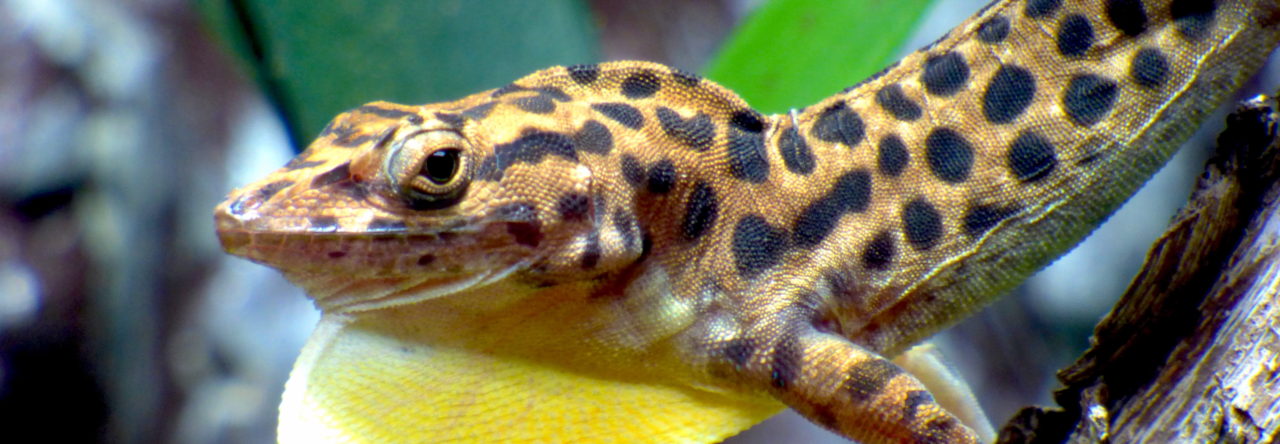
Couldn’t resist including this
Last June, we had a discussion of tail regeneration (that was continued just last week), as part of which I stated that three-tailedness is known in lizards. And sure enough, here’s an example of it, albeit an agamid (at least it starts with “a”). Alan Templeton, of fruit fly and collared lizard fame, is the photographer, and the shot was taken in Kiryat Yam in northern Israel, close to the Mediterranean.
Species, anyone? And, if I’m not mistaken, agamids don’t have tail fracture planes, which explains the lousy looking regenerated tails. But why the triple? Anyone got a photo of an anole doing that? A quick Google failed to find any, but did come up with this.
- Evolution in Real Time on Lizard Island - March 23, 2025
- Spider Snags Adult Anolis osa - March 22, 2025
- An Homage to the Green Anoles of New Orleans - March 21, 2025



Gifford
I have certainly seen “double tails” in Ameiva several times, but never triple. They all looked pretty gnarly, like the agamid in this post.
James Stroud
Laudakia stellio?
Peter Mudde
There was a question and a picture about such a triple tail (from saudiArabia) in ‘New Scientist’ of januari 12..this year.
Daniel Scantlebury
I second James that the agamid is Laudakia stelio. The gecko looks like Hemidactylus frenatus.
Sofia Prado-Irwin
I have a couple of pics of an A. stratulus from Ponce that has what you might call a triple tail, although the 3rd “tail” is a pretty small extension off the side of one of the others. You can see it jutting off the tip of the left tail in the attached picture.
Ben
One of my green basilisks had a tail injury. A small stub started growing out of the side of her tail. It has grown a lot and her regular tail will not grow back. Now it was a huge black forward-angled thing that got in her way a lot, but she has learned to cope with it.